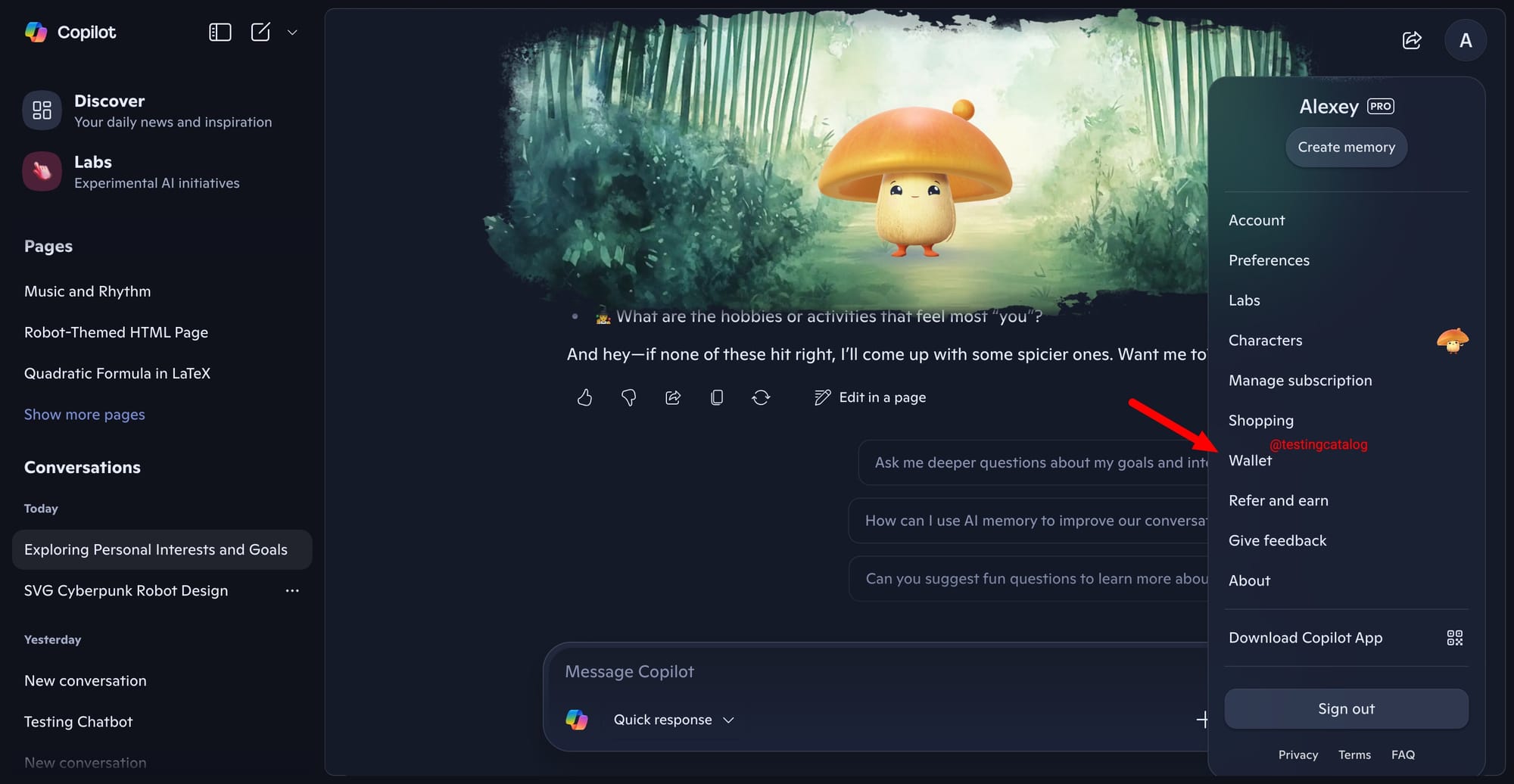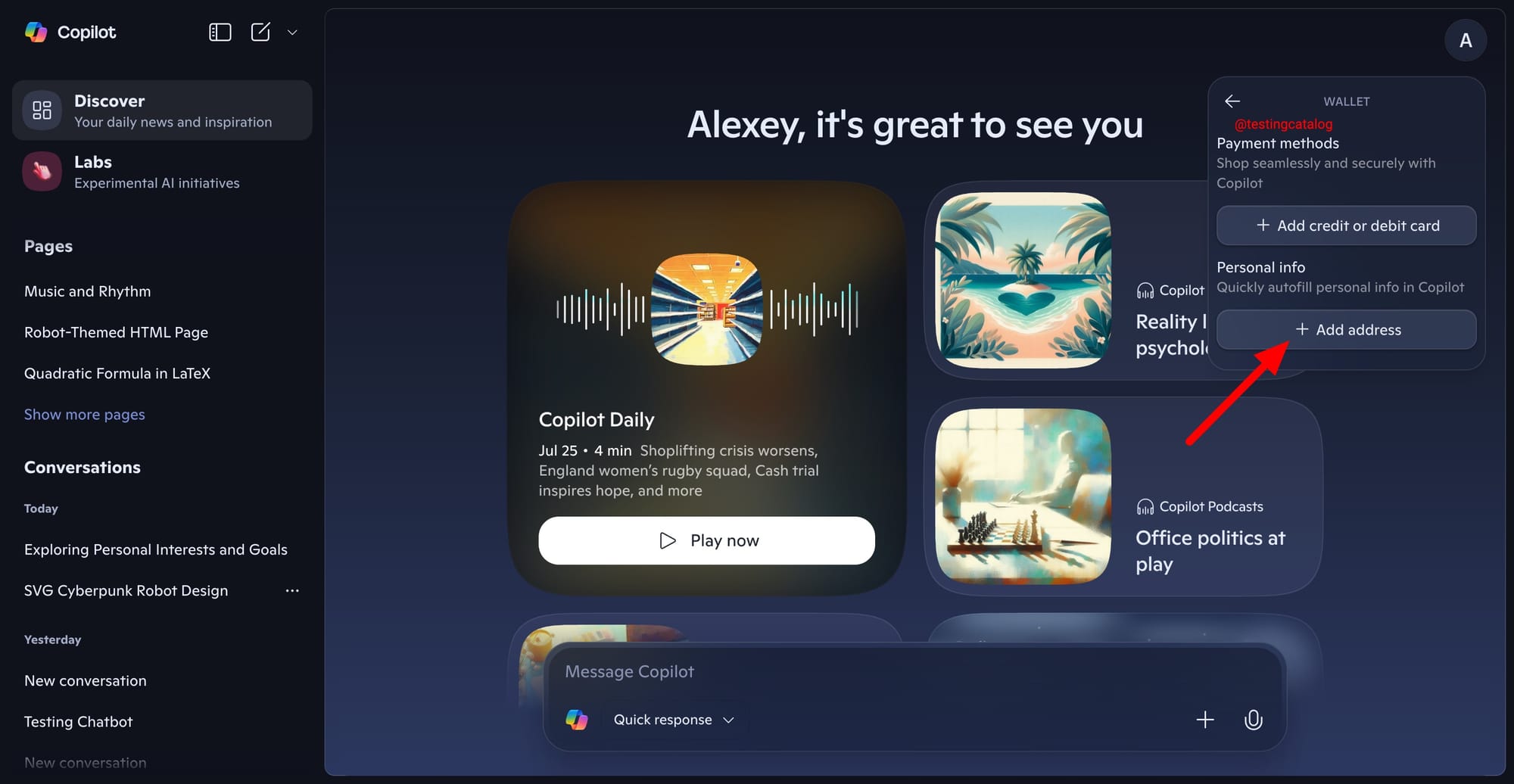Microsoft is moving ahead with the integration of shopping functionalities into Copilot, with the latest addition being the Copilot Wallet. This new setting enables users to store credit card details and delivery addresses directly within Copilot, laying the foundation for seamless one-click purchases and potentially automated delivery tracking. This development is aimed at anyone who shops online, whether for personal use, business, or frequent purchases, by reducing the steps required from product discovery to final delivery.

The feature itself, Capilot Wallet, is not yet live for general users but has appeared in the settings interface, indicating that Microsoft is in the advanced stages of internal testing. The core functionality centers around storing payment credentials and address information securely, positioning Copilot to act as a transactional agent on behalf of the user. The natural next step is direct checkout and real-time order tracking, all from within the Copilot environment.
I am seeing a lot of confusion about the new ChatGPT shopping features in development and how they work
— Tibor Blaho (@btibor91) July 24, 2025
Based on what I see in the code, here is how it will likely work
- You are searching for products using ChatGPT as you do now
- Some of the products will have a "Buy" button… pic.twitter.com/iJxgelKDCY
Meanwhile, OpenAI is reportedly building parallel capabilities for ChatGPT, and the timing of both rollouts may reflect ongoing collaboration between the two companies. This strategic move is part of a broader trend; AI platforms are beginning to claim a role in the future of e-commerce, aiming to reduce friction in online shopping and automate tasks that traditionally required manual input. Perplexity has already established a lead in this direction with its Shopping feature launched last year, which may have prompted competitors to accelerate their plans.
TestingCatalog sees this as an early signal that AI-driven e-commerce, where virtual agents handle purchasing end-to-end, could soon become a standard for mainstream users. The pace of these updates suggests that widespread access to such features might arrive sooner than expected, and the competition between leading AI labs will likely dictate how quickly and broadly these tools appear.






